It’s Foodie Friday and unlike last week, I’ve eased back into routine ready to tackle deadlines and a long ‘To Do’ list. Although the memory is far from my taste buds, through…


It’s Foodie Friday and unlike last week, I’ve eased back into routine ready to tackle deadlines and a long ‘To Do’ list. Although the memory is far from my taste buds, through…
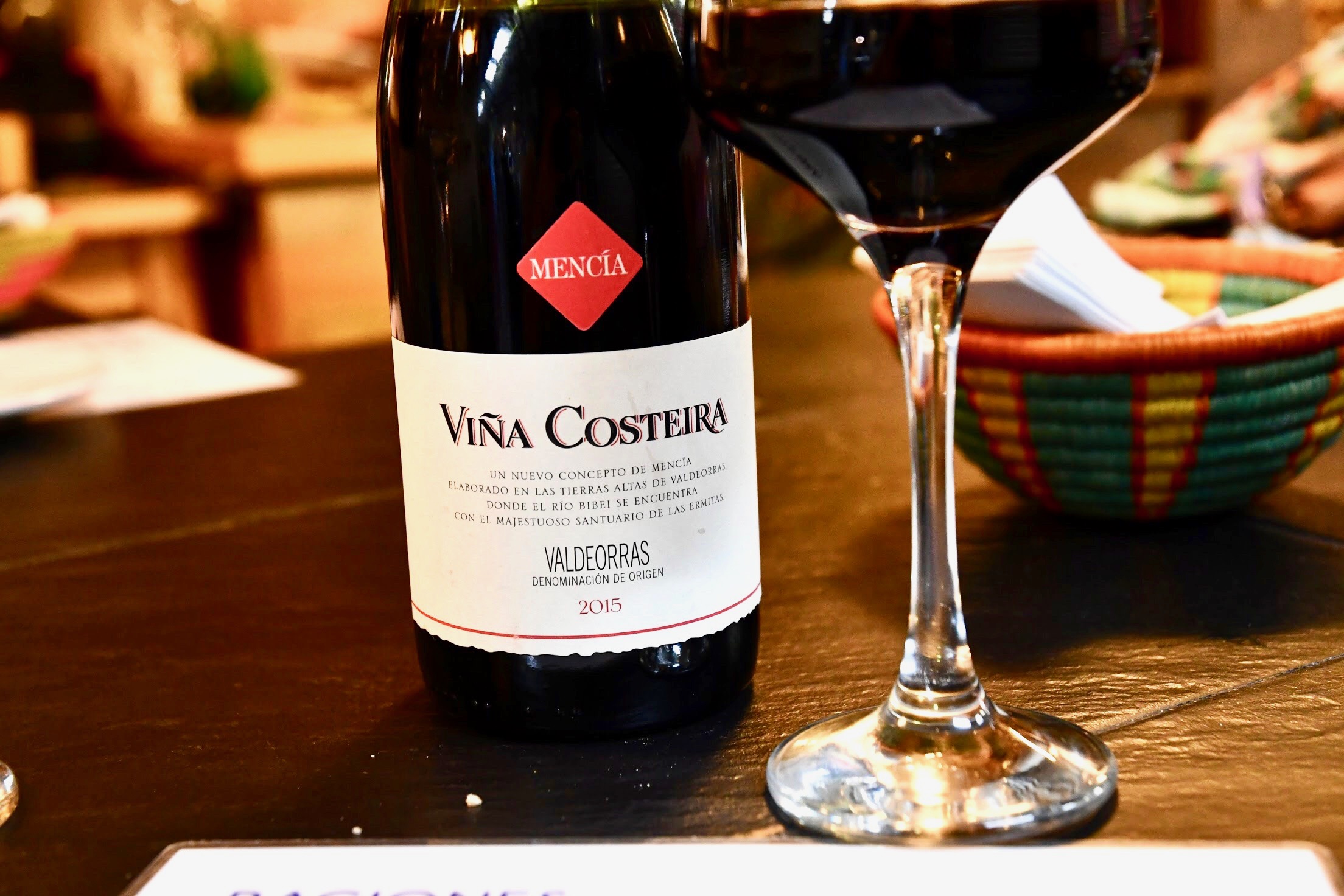
It’s #FoodieFriday and what better way to recover from the post-vacay blues than to indulge in a tasty flashback? I intentionally planned a late morning arrival time in Madrid, so I could…
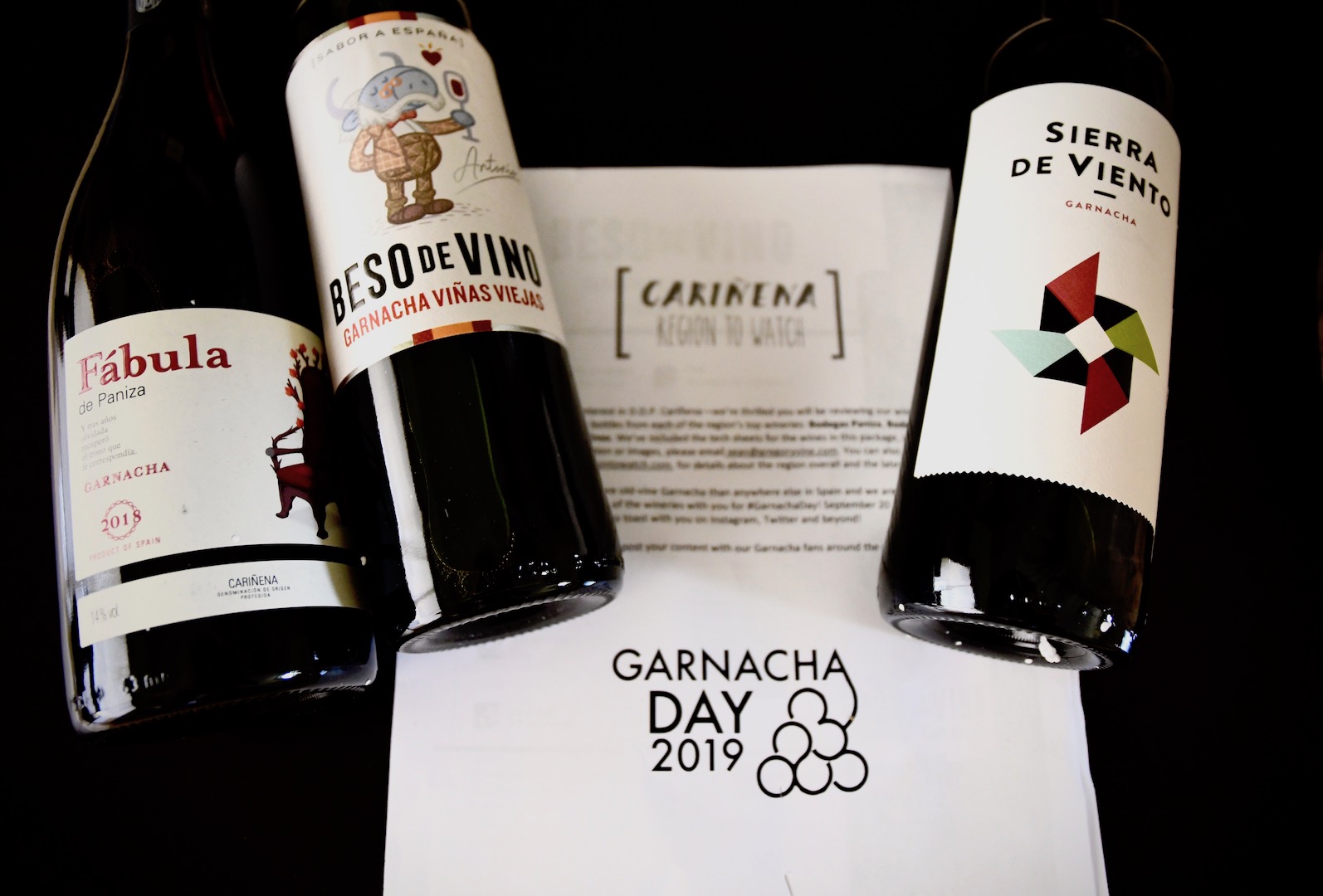
TGIF and Happy #GarnachaDay! Following a hurricane postponement of the Miami Home Show and rushing to get all of my work done and in place before flying to Spain, I began ignoring…
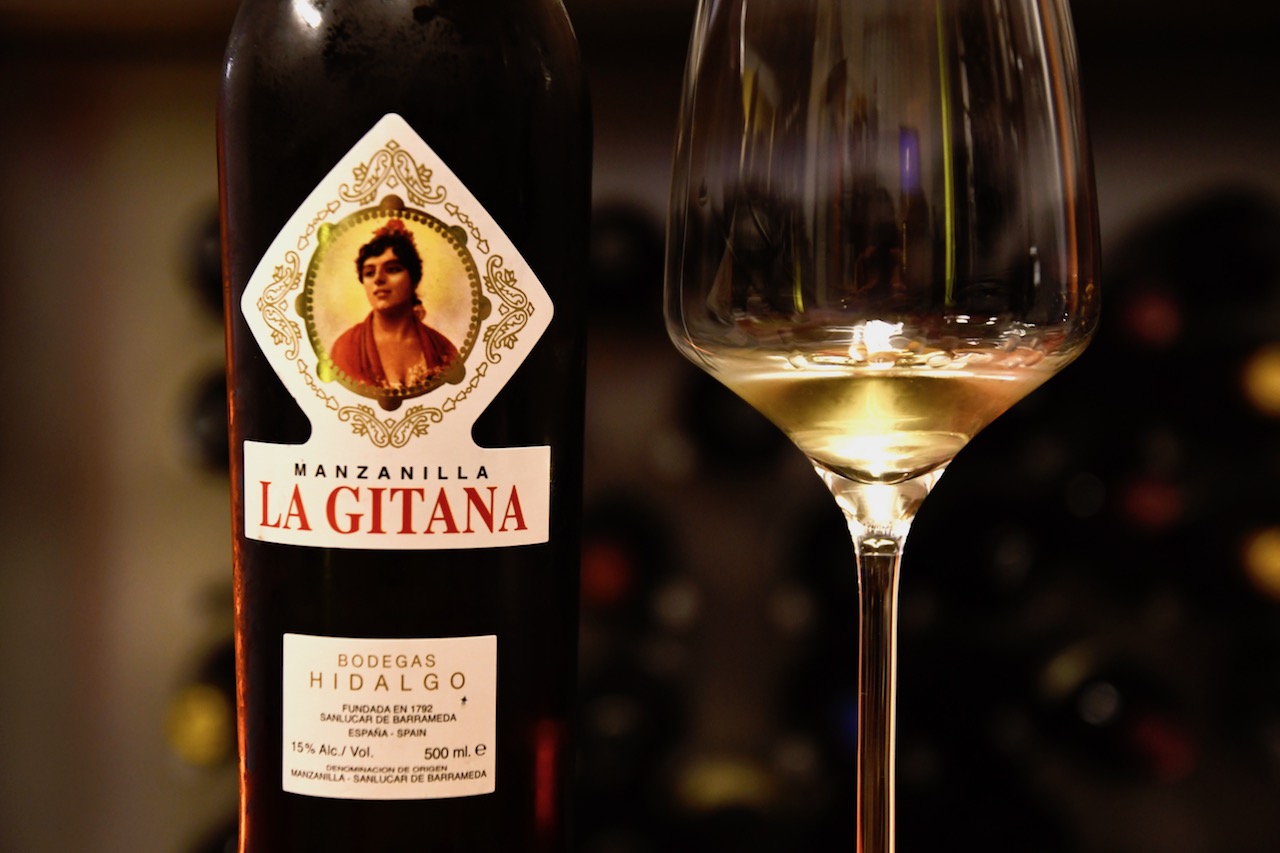
If you’ve read my last post, you’ll know that I’m still working on Chapter 11, Spain. Studying has been quite the “journey.” Yes, I can read, but am I reading with understanding…
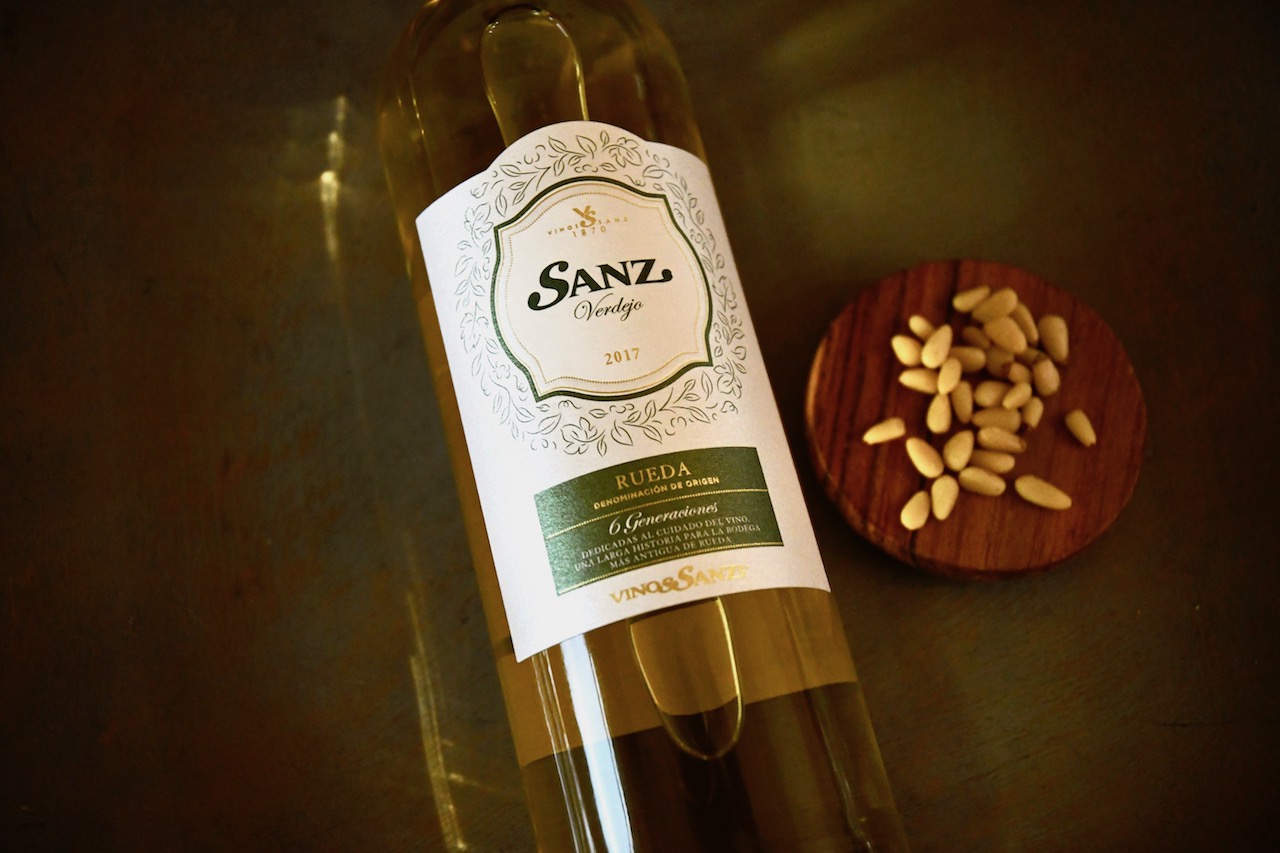
If you’ve been following my Blog or are connected with me on social (@AllegoryPR #MyArtEscape,) you’ll know that I’m slowly making my way through the Society of Wine Educators (SWE) Certified Specialist…
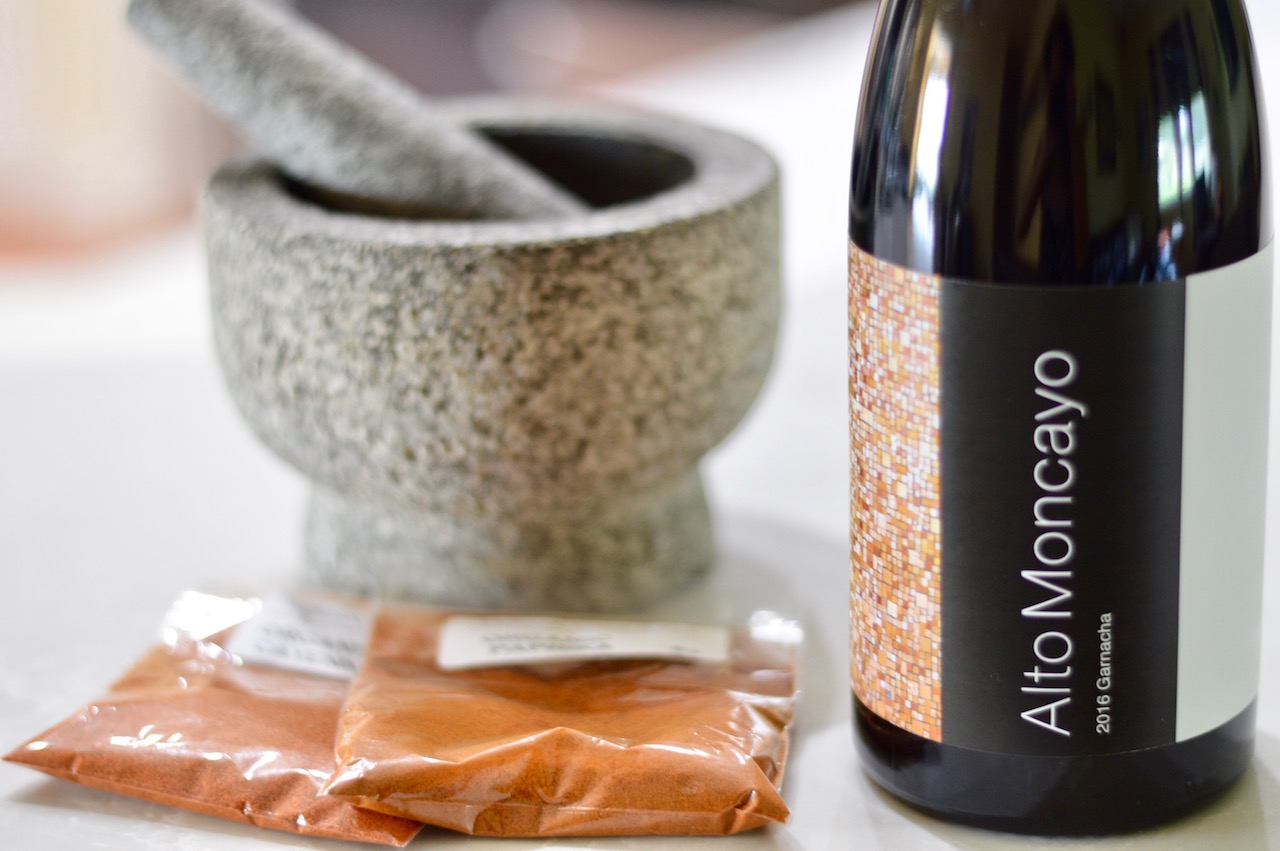
Once again, I’m taking #MyArtEscape overseas! What better way to prepare for a trip to Spain than to dive into the pot and uncork some knowledge? Ole! I’m not sure which came…
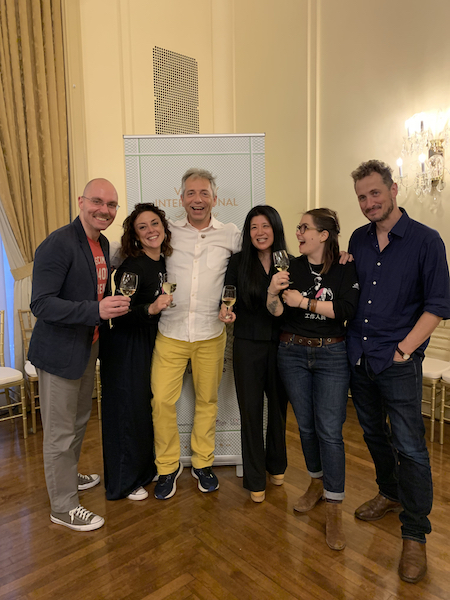
Stefano Campanini is one of twelve people to receive the Italian Wine Ambassador pin of the thirty-nine people who wrote the exam in New York this past Sunday. Miami, FL…July 2, 2019…On…
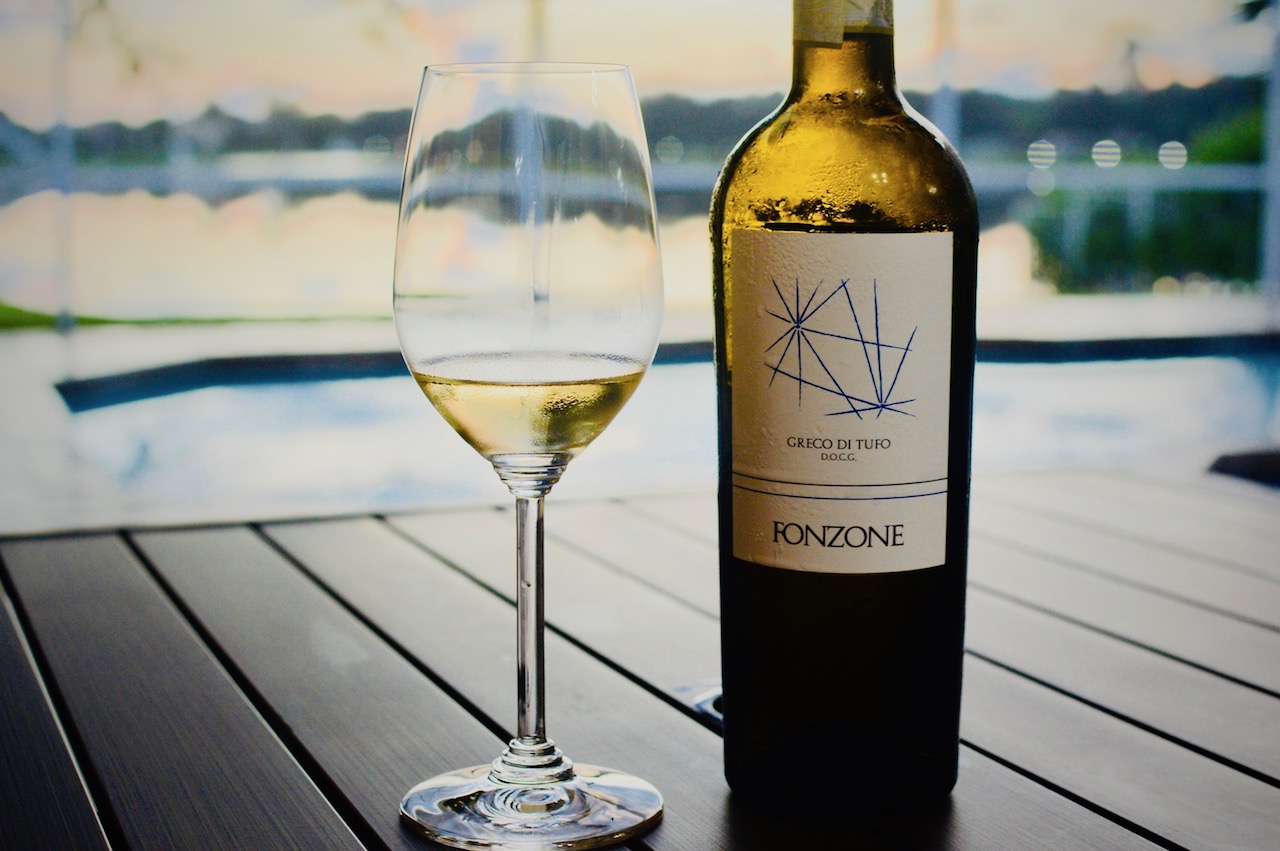
Just when I thought I knew something about grapes, I realized that I was wrong. I’ll be forever a wine newbie, but I’m happy about that. Today, I’ll tell you why. I’m…

There’s no connection really between the rom-com and wine. Just word nerd, wine newbie (hopeless romantic) me playing. I suppose we could make up some far-fetched, metaphorical association like, look beyond the…